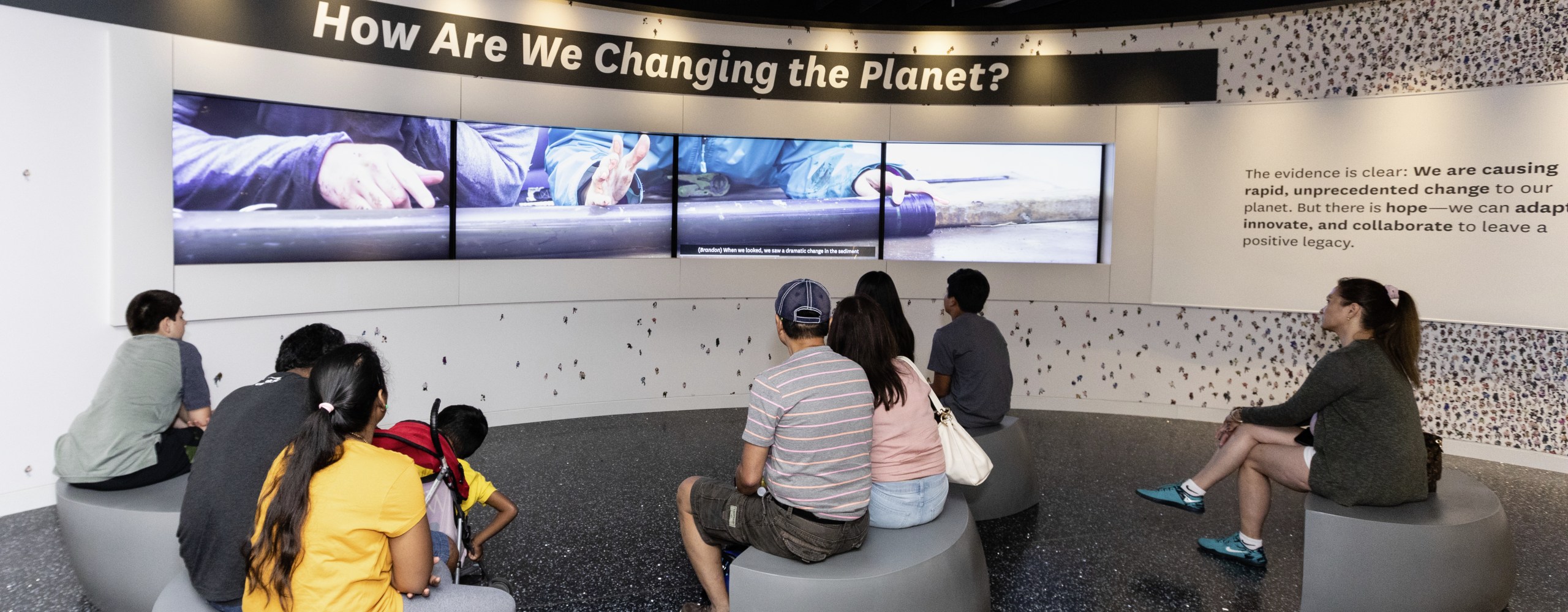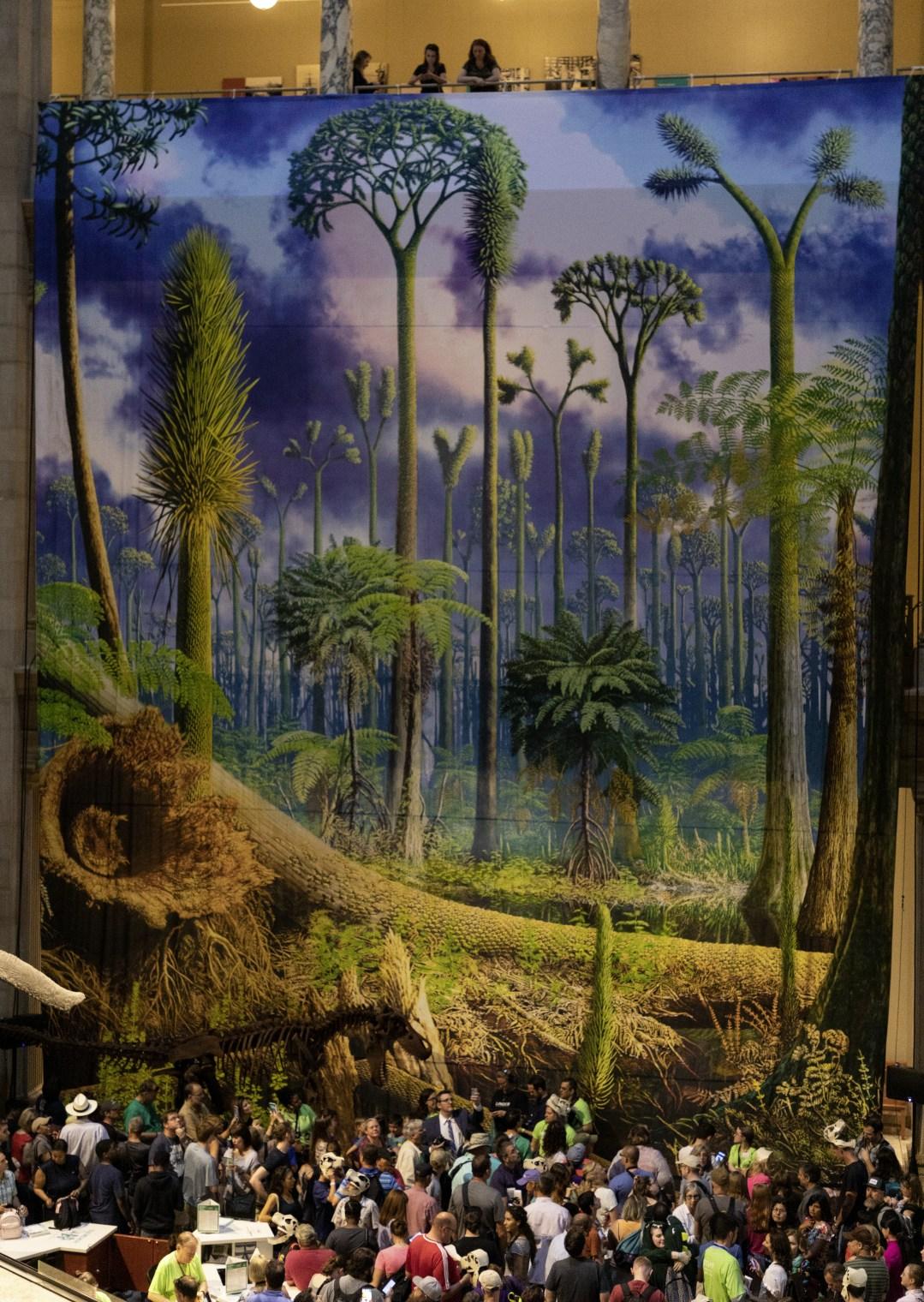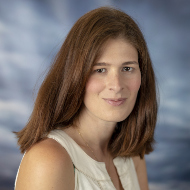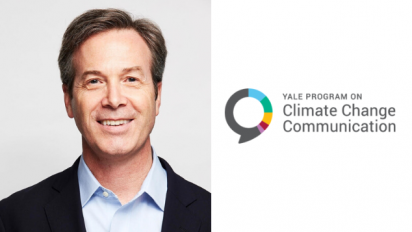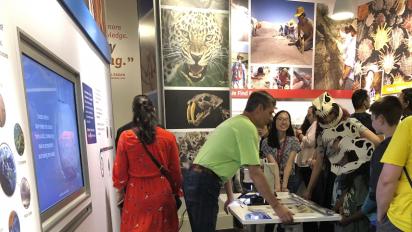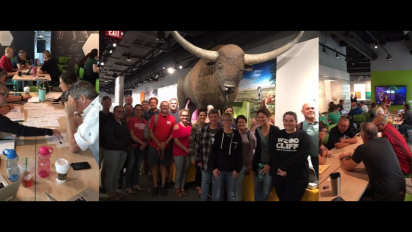Let’s try an exercise. Close your eyes and imagine your worst-case scenario describing evolution or climate change. It could involve an interaction with a student while teaching, a community member while doing public engagement, or even a family member while sitting at the dinner table. As you’re putting yourself mentally in this situation, what is your visceral reaction? Are your palms sweating, are you getting flushed, or has your pulse started to race? Have you forgotten everything about science that you are sure you knew five minutes ago, or has your mind cleared, ready to overcome whatever challenges await?
I always start with this exercise when I lead workshops on difficult conversations involving evolution and climate change, as I did this summer for 100 volunteer docents at the Smithsonian National Museum of Natural History. NCSE has been partnering with the Smithsonian to provide training for several years on our no-conflict approach.
With the opening of the new Deep Time exhibit, which tackles both evolution and anthropogenic climate change in a hands-on fashion, I wanted to make sure the Smithsonian’s volunteers had the tools to handle even the most challenging interactions. The opening exercise accomplishes two things. First, while the potential for negative interactions is a looming specter that makes volunteers hesitant to do evolution and climate change outreach, allowing them to describe a worst-case scenario helps them understand that their abstract fears entail problems that are actually solvable. Second, it’s important to recognize that we are not objective observers in our interactions with visitors. Recognizing our own tendencies during these interactions is an important part of preparing a confident response as it helps volunteers recognize the complex human emotions that they share with the visitors.

